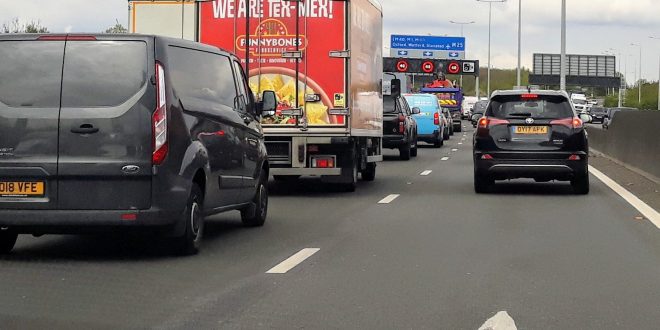2 days ago
Auto News
The cost of fixing a car is the most stressful aspect of a breakdown for a third of motorists, according to new research.
The survey for Green Flag also found that being far from home (24%) and location (23%) were the other main breakdown concerns.
The breakdown provider reckons ‘breakdown anxiety’ affects an estimated 24.5 million motorists.
Most stressful aspects of a breakdown
|
Aspects of a breakdown |
Percentage of those who found this stressful |
|
The cost to fix it |
31 per cent |
|
That I was far from home |
24 per cent |
|
The location of a breakdown |
23 per cent |
|
Being late or missing an important meeting or appointment |
14 per cent |
|
Lack of phone signal |
12 per cent |
|
Weather e.g., raining outside |
11 per cent |
|
People staring while driving past |
10 per cent |
|
No one helping |
10 per cent |
|
That I had no food / drink with me |
9 per cent |
|
That there were children in the car |
9 per cent |
Source: Green Flag 2022
Interestingly, of those who did not find a breakdown stressful, two-thirds (66%) were rescued by their breakdown provider after the incident, highlighting the peace of mind provided by breakdown cover.
“Breaking down can be a stressful situation for drivers, especially if it happens on a motorway or an isolated country road,” said Katie Lomas, Head of Green Flag Breakdown.
“It is vital drivers know what they should do in these scenarios. The most important thing is for the driver and any passengers to be safe, remain calm, and do their best to ensure their car does not cause a danger to other road users.
“Prevention is always better than cure and we know that many breakdowns are avoidable if proper care is taken before and during a trip.”
Green Flag recommends drivers follow these steps if breaking down on a motorway:
- Make sure you pull to the left as soon as there’s a hint of trouble: Pull onto the hard shoulder and use this to slow to a halt. Be careful not to run over any debris and as you come to a stop, switch your hazard lights straight on
- Aim for an emergency phone: These are at one-mile intervals and will connect you directly to the police who will instantly know your location
- Never try to fix it yourself: Whatever the problem with your car, you should never attempt to mend it yourself at the roadside
- When your car is stationary: Turn the front wheels towards the verge. If the car is shunted by another vehicle this will ensure it moves away from the carriageway rather than into it. If it’s dark or visibility is poor, turn your side lights on
- Get everyone out of the car: Leave the car through the left-hand doors and move away from the vehicle. If you have children with you make sure they’re being looked after by a responsible adult away from the roadside – potentially up the verge where possible.
- Don’t display your red warning triangle: With fast moving traffic the risks far outweigh the benefits of doing this
- Call for help: If you’re not near an emergency phone and you’ve got a mobile signal, ring either your breakdown provider or the police
- Wait near your car for assistance: Make sure your vehicle’s locked and you’re standing safely away from any moving traffic
Check Also
Why reporting illegal driving using your dash cam is essential
Three quarters of UK drivers have had a ‘near-miss’ accident, according to new research conducted …


